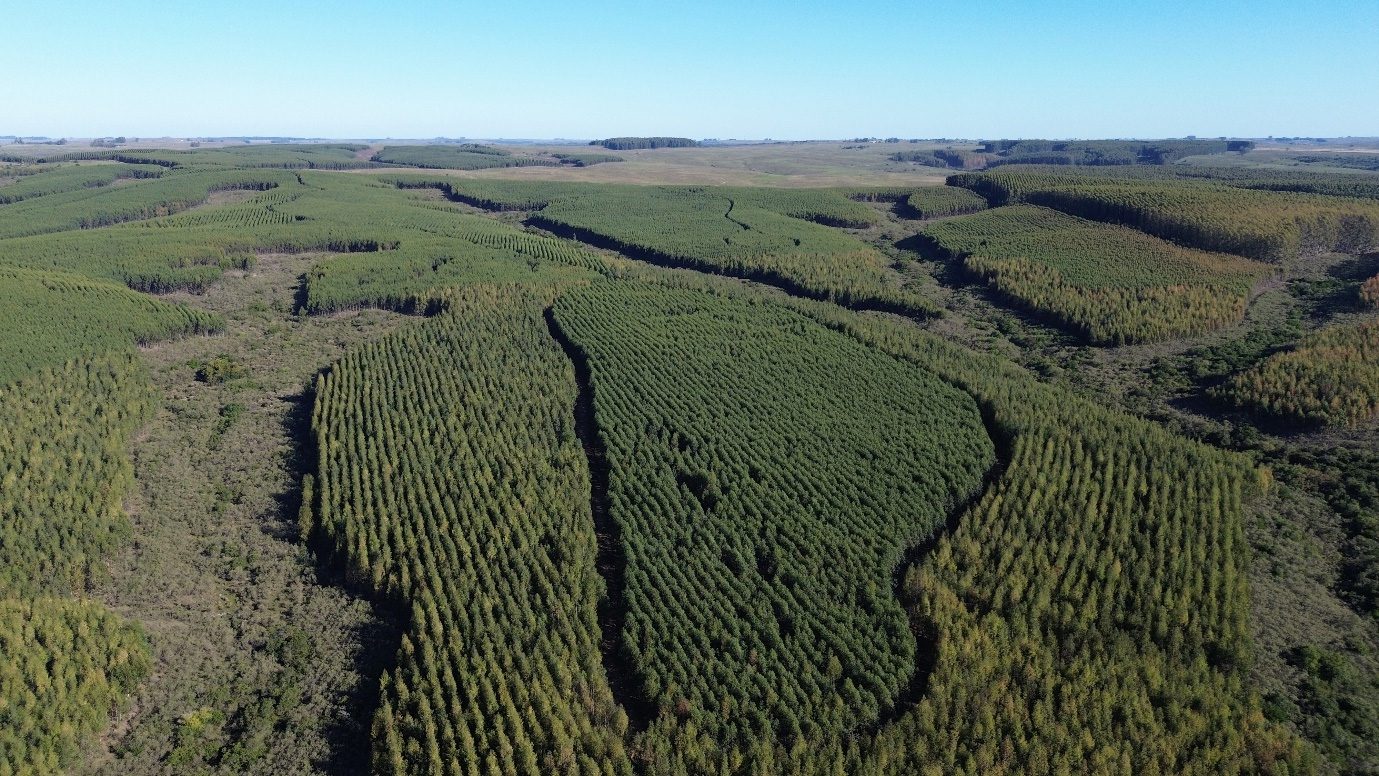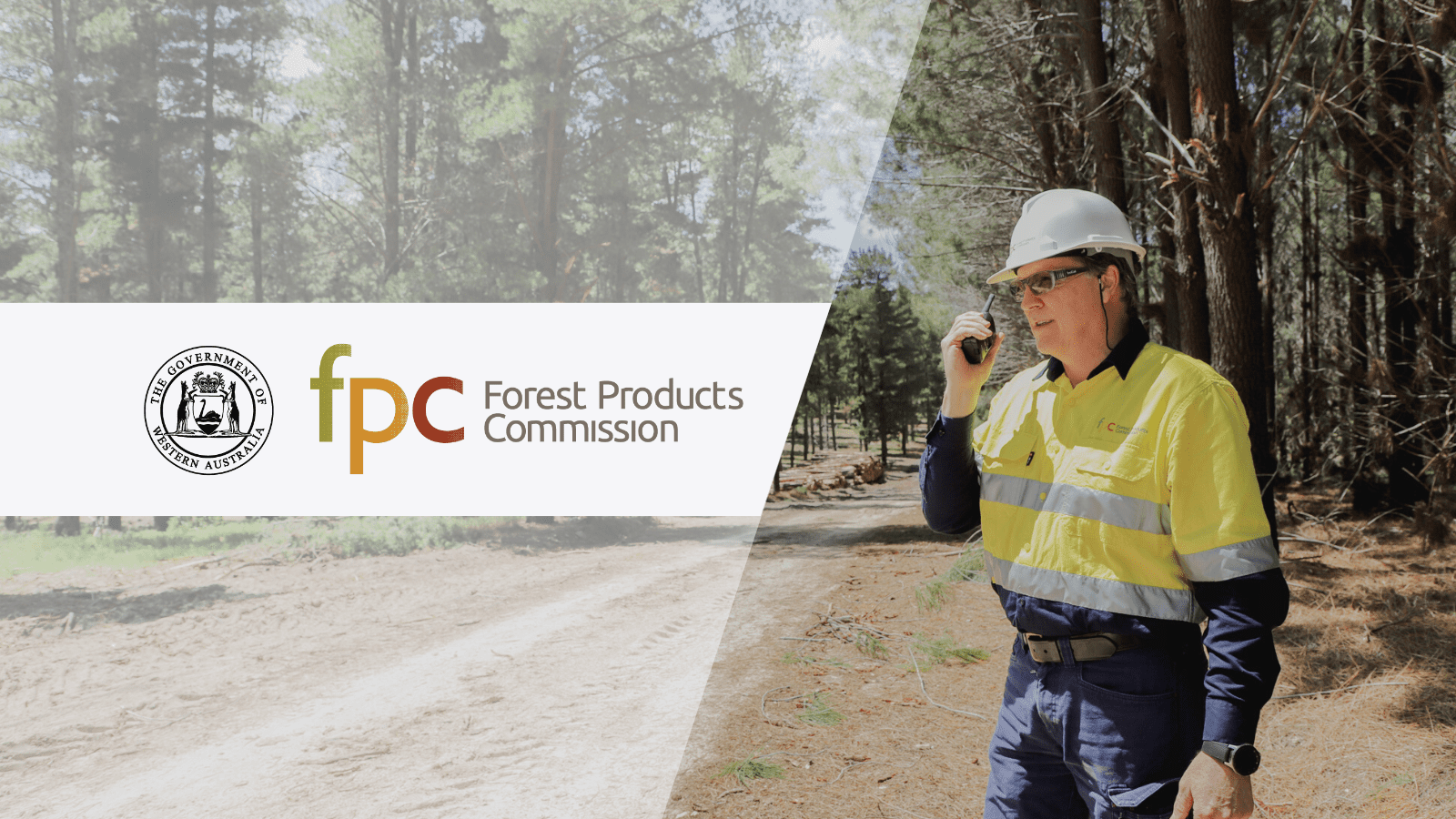Million-dollar decisions are made in the fine detail of tactical planning and scheduling forest operations. Yet, planning decisions are often guided by multiple, inconsistent approaches that are intractable and spread-sheet-driven.
This blog post will look at some examples that show the significant ROI that you can achieve with Tactical Optimization and improved supply chain efficiency.
Missing Opportunities in the Middle
Many organizations are missing key opportunities because those solutions aren’t easy to uncover in mid-level planning. Without optimization, getting answers to tough questions and visualizing what-if scenarios to understand the impact of decisions is virtually impossible. Some questions aren’t asked simply because the answers would take too long to find.
It’s common to see forestry planning systems that go directly from long-term strategic planning to short-term operational planning by operationalizing the first period of the strategic plan. Unfortunately, this can result in misalignment with strategic objectives and offers insufficient guidance to operational planners. As a result, there can be missed opportunities and increased risk in both situations. The tactical planning step is where operational realities are blended with strategic objectives, and optimizing decisions at this level can bring significant benefits.
Let’s look at a couple of examples.
In road planning, using optimization capabilities at the tactical stage to plan construction and maintenance offers real opportunities to reduce costs and improve operational efficiency.
When the timing of harvest considers the cost of maintaining the associated road network, the resulting solution tends to cluster harvests in a way that minimizes overall road use. This also reduces the costs of equipment movement, operational overhead, and silviculture activities. In addition, the savings associated with clustered forestry management continue into the next rotation. Applying this approach in a tactical planning step allows these cost savings to be weighed against strategic objectives and customer demands.
Another key aspect of tactical planning is a view into the coming wood profile. This medium-term view is critically important because it is the time at which many contracts are established and important capital expenditures are made. Strategic planning often does not provide the insight to effectively make these decisions. And accounting for them in short-term operational planning can lead to reactive planning that costs time and money. Equipment purchase, contractor capacity, road construction, sales agreements, new business opportunities, and even manufacturing capacity and equipment are all decisions that can be effectively examined in a tactical planning step.
For example, imagine trying to evaluate a long-term wood purchase or sales agreement. Wouldn’t it be useful to have specific data to base your decision on instead of using average wood costs? By understanding the medium-term wood profile, costs, supply, and demand, you could quickly determine both the benefits and break-even costs of those agreements.
Increasing Visibility with Tactical Optimization
Tactical Optimization can bring enhanced visibility to all levels of the planning process. Without a formal mid-level planning step, there is a blind spot where strategic and operational plans meet that can keep you from capitalizing on key opportunities.
Many tactical planning processes use multiple business systems with little or no integration, huge but fragile spreadsheets that are difficult to update or share with others, and decision variables that rely on expert experience to implement. These diverse, inconsistent approaches do not provide a thorough understanding of how strategic plans are being implemented or the impact of operational decisions on long-term strategic objectives.
Questions often go unasked because foresters know it would take too much time to gather the required information. When considering whether to implement Tactical Planning Optimization, it is important to determine if key business questions aren’t being asked and what impact that could have on your operations.
It is human nature to consider immediate impacts to be more important than future impacts. When operational planners are asked to work with the outputs of a strategic plan directly, there is often considerable flexibility in the decisions they need to make. This leads to the risk of pushing cost and wood supply problems into the future. When this happens year after year, it can lead to significant problems down the road with no options to mitigate them. Tactical Optimization helps reduce this risk by offering a glimpse into future problems. This can provide the time needed to adapt and the ability to weigh options.
You might be wondering what’s involved in implementing a tactical planning solution. The good news is that it typically does not involve much net new data or information because it sits between strategic and operational planning processes. As well, with the ability to integrate data from various sources within a Woodstock optimization model, the overhead involved in maintaining a tactical process is usually not onerous, especially considering the potential benefits it can bring to your business.
LEARN MORE:
-
Read how Al-Pac is using a data-driven approach and optimization technology to improve tactical harvest scheduling and wood flow across its North American operations.
-
Find out more about Remsoft’s purpose-built Tactical Optimization application for harvest scheduling and wood flow planning.






